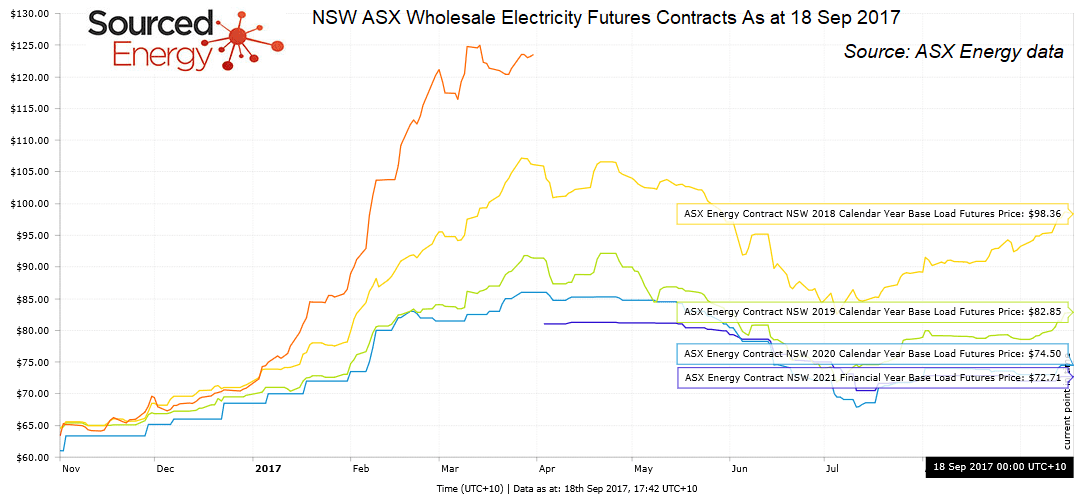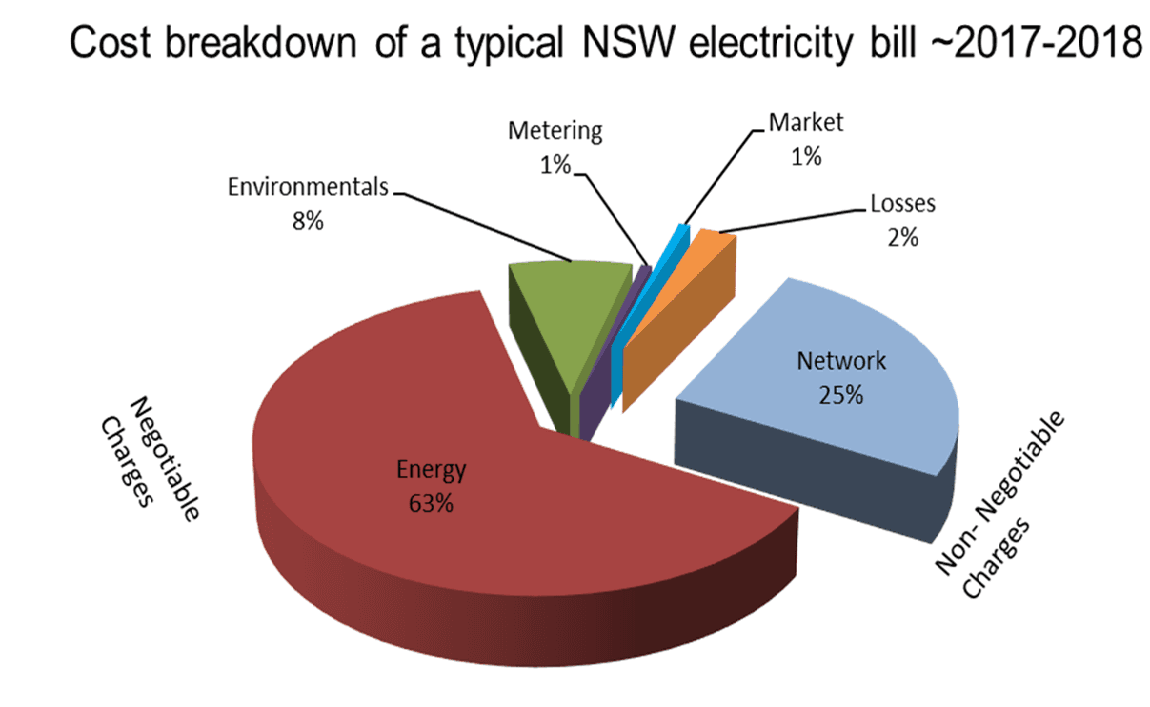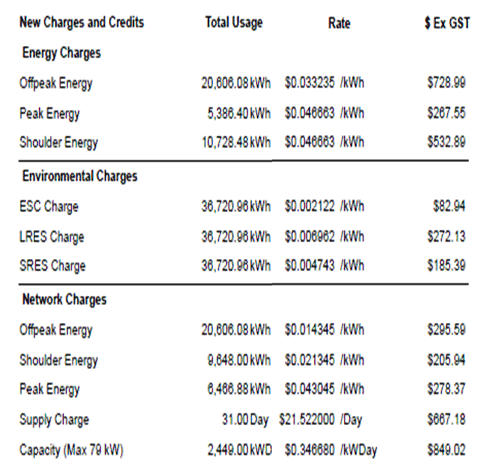Minimising the impact of energy cost increases
Most businesses want to know what they can do to reduce energy costs.
- Treat it like any other risk
- Identify, understand and assess the risk
- Develop strategies to avoid and mitigate the risk
4 Key strategies to reduce energy risk
Underlying Charges of a typical Australian Electricity Bill


1. Identifying, understanding and assessing risk
- Focus on controllable costs
- Look at your bill and compare to previous bills
- Electricity only costs – are negotiable (controllable)
- Network costs are they Increasing? - Network costs are over 50% of your electricity bill but are regulated charges and non-negotiable (non-controllable yet it may be possible to swap to a different network tariff). Network tariff rates are reset each 1 July in NSW, ACT, QLD, SA and on 1 January for Victoria.
- Environmental Scheme costs – increasing- these appear as ‘ESS’, ‘VEET’ ‘LGC’, and ‘STC’ charges on your bill and result from a retailer obligation to purchase energy saving and renewable energy certificates in an amount equal to your load.
- Carbon - potential to impact if reintroduced
- Gas costs are increasing
A typical large market invoice showing charges separated out on the bill

2. Buying Better and Paying Less
- Strategies for Buying better are relative to your energy spend and consumption.
- If you use less than $30k worth of electricity or $100k of gas per year at a site meter then you will likely be on a small market business tariff (a bundled rate where you usually don’t see network and other costs separated out on your bill and you are typically billed quarterly)
- If you use more than $30k worth of electricity or $100k of gas per year at a site meter you will likely be on a large market tariff (All costs are separated out as line items on your bill and you are billed monthly)
Buying Better as a Small User
- Shop around for discounts – there may be more than 10 retailers available to your business
- Always take note of utility marketing material for special offers
- Make sure a discounted offer is actually cheaper by comparing actual kilowatt hour (kWh) rates for electricity and mega joules (MJ) for gas. Some retailers put their market offers up in price so that they can have a larger discount percentage to advertise. It pays to ask for the actual kWh or MJ rate so that you can compare apples with apples.
- Assess any value adds or honeymoon offers on merit
- If you are not on a contract or have been with your existing retailer for over 2 years it is likely that you can exit your current retailer from your next scheduled meter read date and without an exit fee.
Small businesses can request an electricity quote right now
and take advantage of special discounts negotiated by Sourced Energy.
Buying Better as a Large User
- Get ready 12 months before - you can buy 18 months ahead
- Monitor or test the market - Check electricity market pricing especially the futures market if available in your state. This will provide a guide to price trends. Try to price in a down trend if available.
- Don’t accept a ‘rollover’ offer from your incumbent retailer
- Get the load you are offering to retailers as accurate as possible
- Provide the retailers with meter data to quote on
- Factor in any major increases or decreases into your load over the contract duration
- Don’t use a broker who takes large commission from retailers or wants to share in your savings
- Don’t get ripped off on metering, look at negotiating a separate long term deal for metering to reduce costs
3. Using Less Energy and Using it Smarter
- Firstly, make sure you understand your usage profile through billing but also measurement and verification. Meter data and software platforms are available to provide performance and exception reporting to take timely action.
- Load shifting or clipping - As much as possible change your consumption pattern to take advantage of cheaper rates and reduce usage in higher cost times
- Develop a policy and get commitment from employees to use less
- Complete an audit to identify opportunities and prioritise projects based around cost vs reduction in usage or emissions
- Implement projects to save and reduce - Potentially take some quick wins where there are low or no cost activities with a large reduction
- Use this money to help fund other projects
- Always measure and quantify the saving in usage
- Make energy management a regular part of the way you do business - this could mean developing relevant KPIs for staff or simply incorporating the consideration of energy consumption and cost into general business operations and decisions.
4. Sourcing Funding Support for Energy Saving Projects
- Fund new projects through the savings of earlier projects.
- Generate saleable Environmental certificates where a certificate is created and verified as saving or displacing 1 tonne of Carbon dioxide (1 tCO2) as a result of a project completed
- Find out what funding is available for energy efficiency projects at state and national level - you may be able to access savings scheme funding and renewable energy funding or incentives

